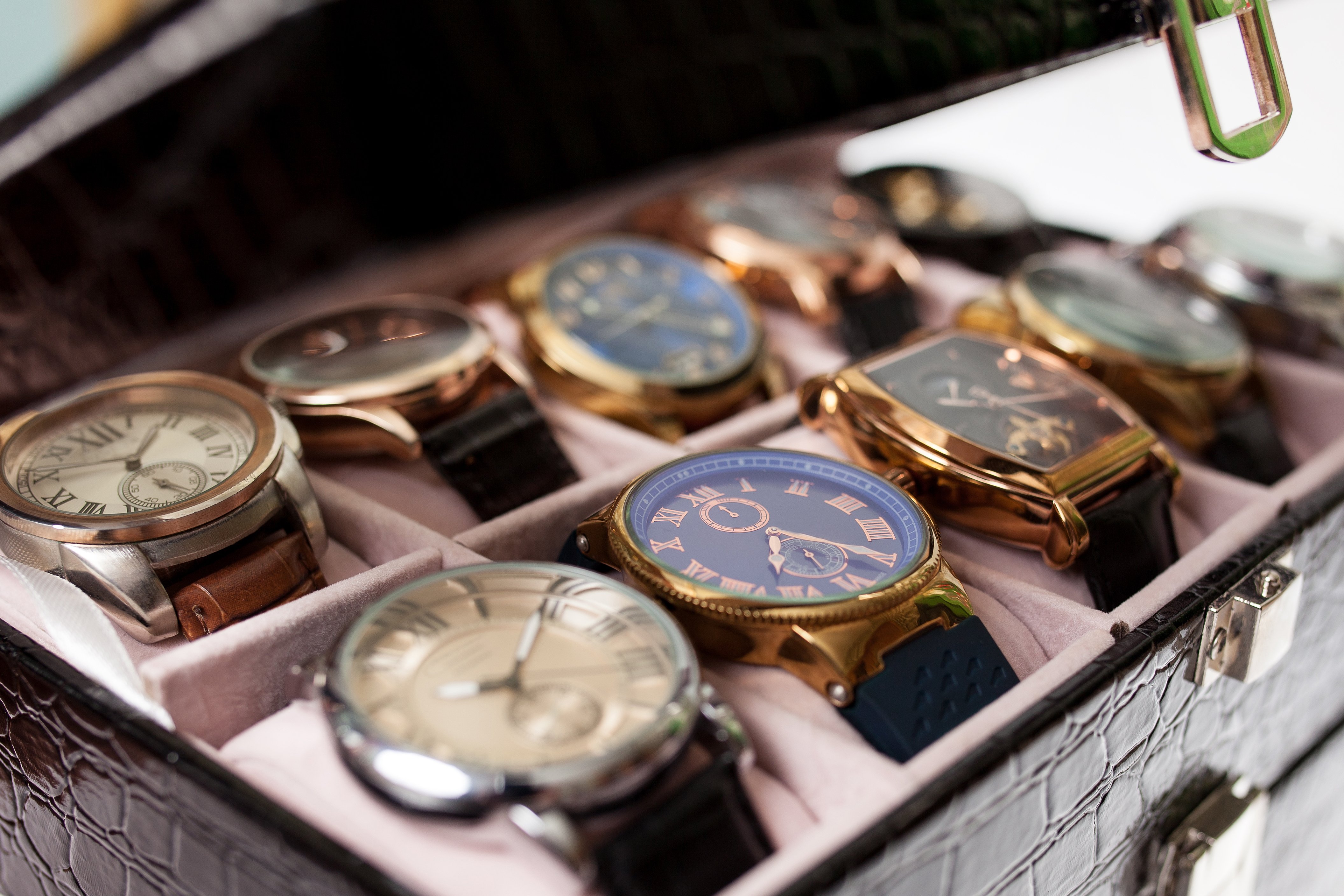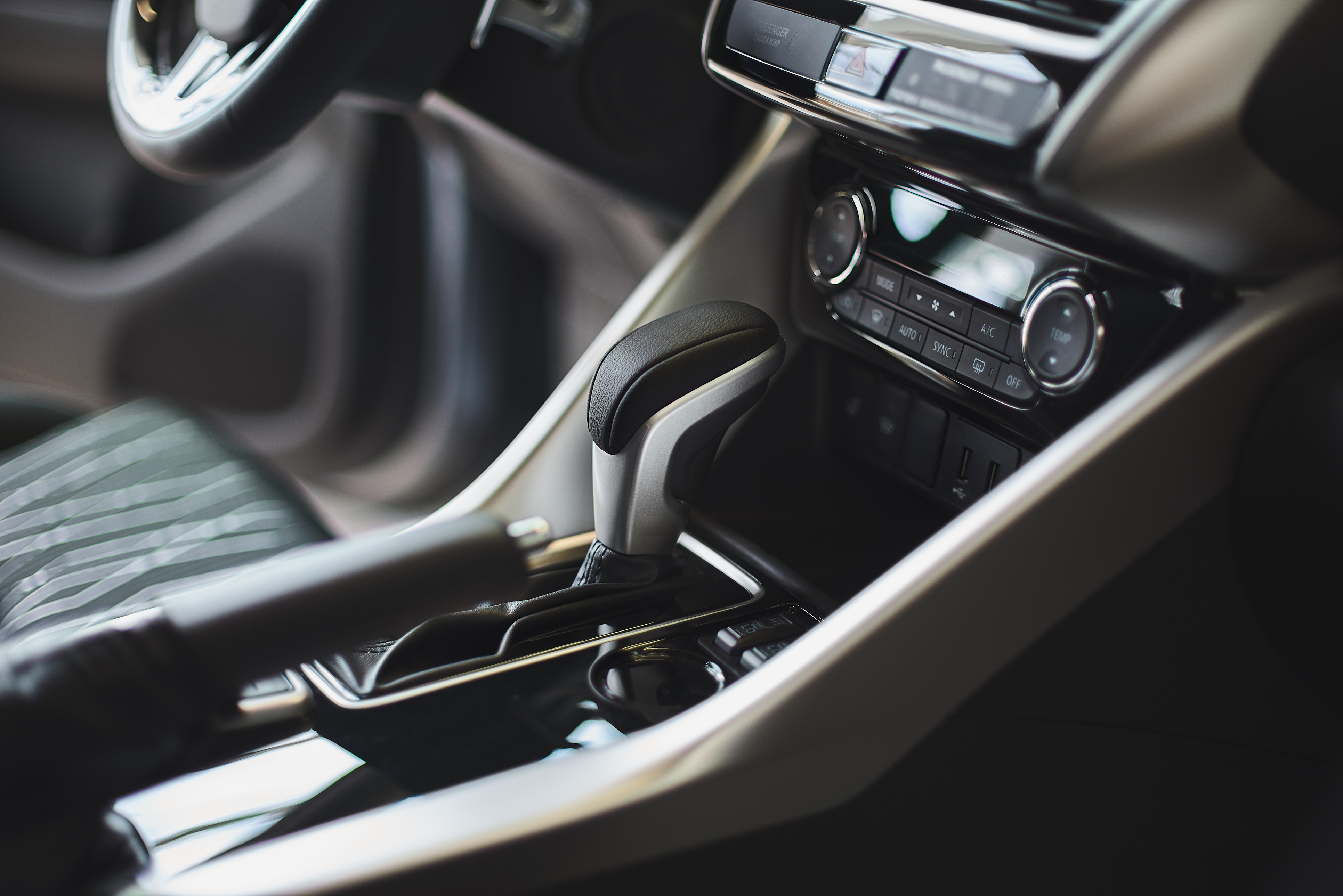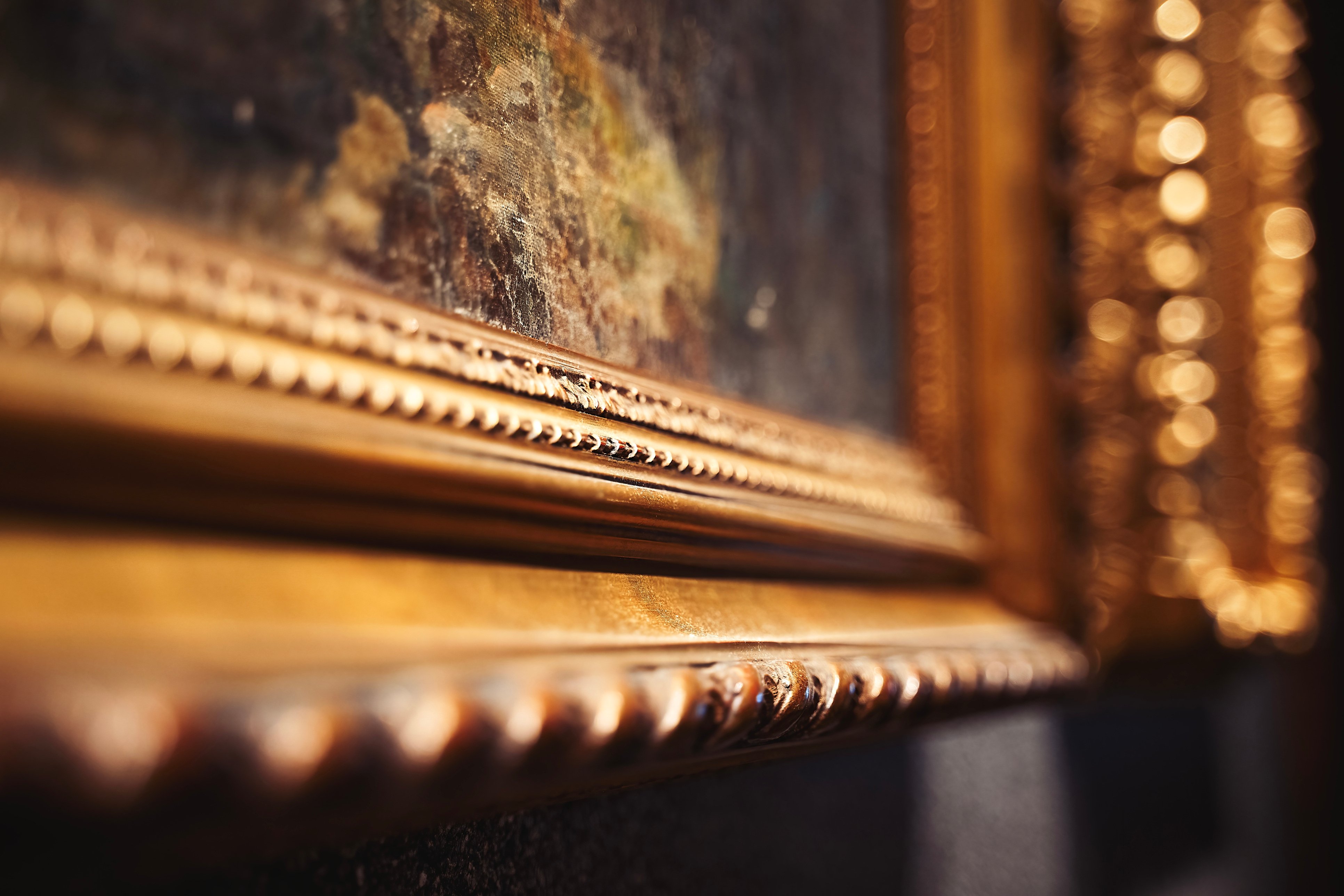Since Roman times, the importance of storing wine collections in dark and temperature-controlled environments has been understood1, making the cellar the most desirable option in a home. However, storing wine is not as simple as keeping it below ground. This article will explore the top threats your wine collection could face and how to tackle them.
Climate
Ideally, wine should be stored in a dark, cool, and humid space with minimal vibrations. Failing to maintain these conditions can result in spoiled wine. A space that’s too warm will cause the wine to expand, pushing out the cork and essentially ‘cooking’ the wine. If the environment is too humid, mold could develop, while insufficient humidity may cause the cork to crumble2.
Aim for your wine to be stored at around 13°C, which is considered optimal for most wines. As for humidity, it should ideally be around 60-70% to control the risk of mold or damage.
Light
For many, sunlight is a pleasant sight and experience, but your wine doesn’t share that sentiment. Light-strikes happen when UV light reacts with the wine, causing damage. This can occur in as little as an hour, with still and sparkling rosé wines being particularly vulnerable due to their colorless bottles3.
It is therefore recommended to store your wine in a dark space with no-to-minimal light. Although household light bulbs will most likely do minimal damage to your wine, it can fade the label. Replacing fluorescents with incandescent bulbs can reduce risk as they produce less UV.
Positioning
The specific way your wine is positioned is just as important as the room it is positioned within. Failure to position correctly can lead to oxidation and your wine drying out, so it is always recommended that a bottle is placed horizontally to keep the liquid against the cork4. Bottles with screwcaps can be placed in any position.
Water damage
Although the cellar is an ideal room to store your collection, it is also a commonplace for water to settle during flooding or burst pipes. Wine bottle labels affected by discoloration, mold, or peeling can result in a market value loss of 25% or more5.
Accidents happen, and it is crucial to be prepared for any sudden situations. Keep track of your wines by recording essential details like the vintage, varietal, and storage location, ensuring you’re always aware of what’s aging in your cellar. Tag your bottles and keep receipts to help with identifying any bottles that have been damaged due to water6.
Protect your passion with insurance
At Specialist Risk Private Clients, we understand the unique needs of high-net-worth individuals. From your wine to classic cars and fine art, our specialist team offers a concierge-led service across a range of products for private clients and their families, helping you protect your most loved possessions.
To find out more about how we can help protect your home and prize possessions, get in touch with the team by emailing privateclients@specialistrisk.com or request a home insurance quote here.
Sources
- The World of Fine Wine: The wine cellar: A short history
- FT Property Listings: How to create the perfect wine cellar | FT Property Listings
- The World of Fine Wine: Light Strike Awareness: Is sunshine ruining your wine? - World Of Fine Wine
- The Wine Society: How Should I Store And Age Wine? | The Wine Society
- Horton Group: Protecting Your Wine Collection from Harm | Horton Group
- Coravin: Organize Your Wine Collection Like a Pro | US – Coravin US




